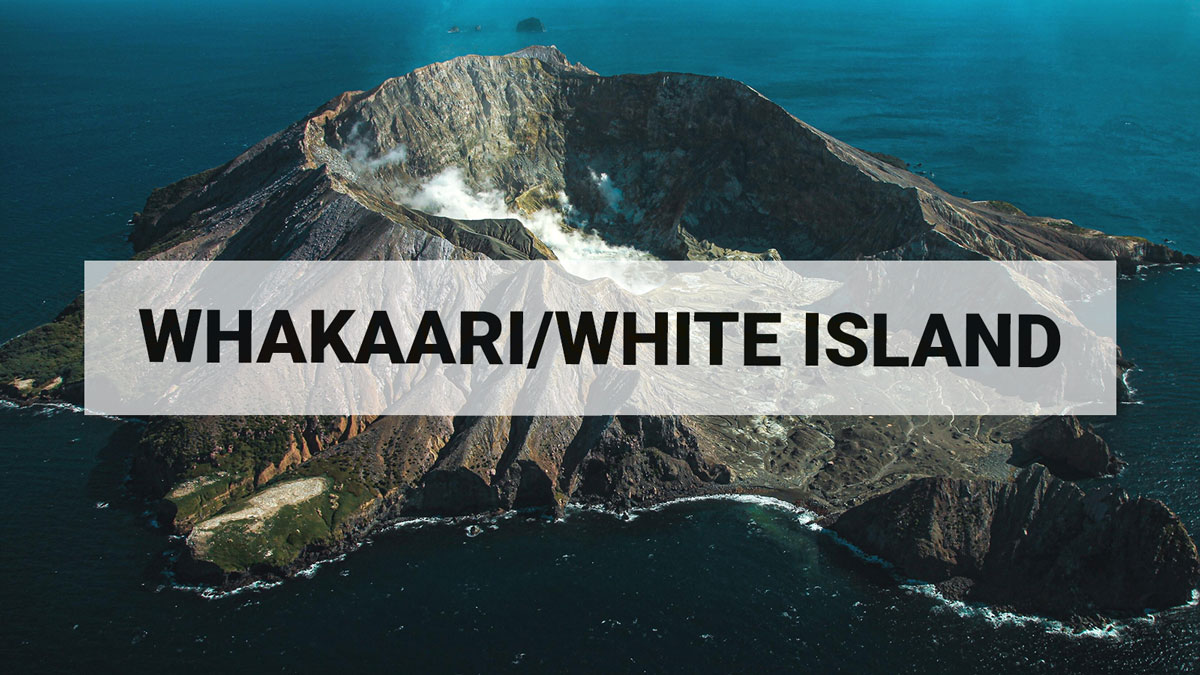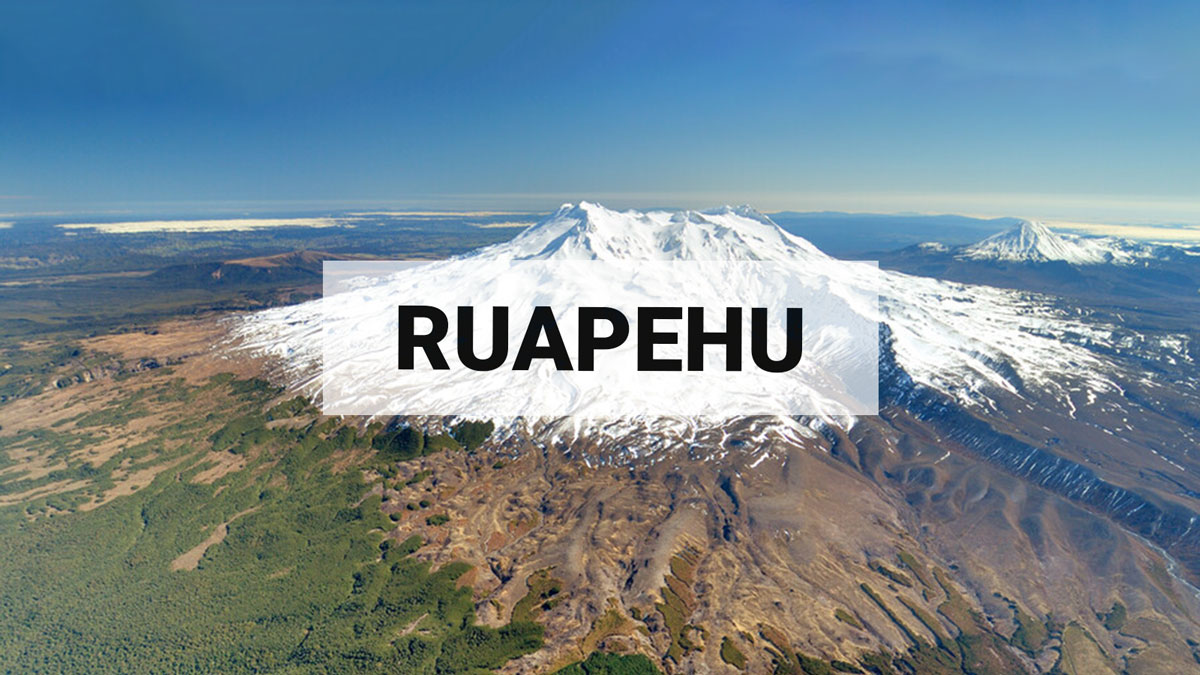Volcanic Activity Bulletins
Volcano Activity Bulletins (VABs) are New Zealand's official source of volcano status information including the current Volcanic Alert Level (VAL).
They are issued on an as needed basis summarising the volcano status and recent events.
They can indicate if activity is increasing, decreasing, or in a steady state. They may contain forecasts, highlight developing, or expected problems.
If you’d like to be notified as soon as we issue a new bulletin, our social media channels and the GeoNet app will keep you up-to-date.
No evidence of further explosive activity at Whakaari/White Island. Volcanic Alert Level lowered to 2 and Aviation Colour Code to Yellow.
Based on observations from last week, including webcam, gas flight and satellite imagery, no further explosive activity has been recorded at Whakaari/White Island. The Volcanic Alert Level is lowered to 2 and the Aviation Colour Code to Yellow.
Minor volcanic activity continues at Whakaari/White Island characterised by weakly loaded ash and gas plumes that are dispersed downwind. Volcanic Alert Level remains at 3 and Aviation Colour Code remains Orange.
Minor volcanic activity continues at Whakaari/White Island characterised by weakly loaded ash and gas plumes that are dispersed downwind. Volcanic Alert Level remains at 3 and Aviation Colour Code remains Orange.
Minor eruptive activity continues at Whakaari/White Island, with higher plume visible from the Bay of Plenty coast. Volcanic Alert Level remains at 3 and Aviation Colour Code remains Orange.
Minor eruptive activity continues at Whakaari/White Island today. At about 11:30 NZDT this morning, a steam and gas plume rose to about 3 km above sea level and was visible from the Bay of Plenty coast. Webcam and satellite observations show that the volcanic ash content was minor, and the likelihood of volcanic ash reaching the mainland is very low. There is no risk of tsunami to the coast from such events. The Volcanic Alert Level remains at 3 and the Aviation Colour Code remains Orange.
Low-level eruptive phase at Whakaari/White Island continues. Volcanic Alert Level Remains at Level 3 and Aviation Colour Code remains Orange.
Intermittent ash emission from the active vent at Whakaari/White Island has continued since the two small, low energy eruptions on 30 October. Ash emissions have been low level, and are unlikely to reach the mainland. The Volcanic Alert Level remains at Level 3 and the Aviation Colour Code remains Orange.
Minor ash emission confirmed following short-lived eruptions. Volcanic Alert Level Remains at Level 3 and Aviation Colour Code remains Orange.
An observation flight yesterday afternoon has confirmed minor ash emissions are occurring at Whakaari/White Island but are unlikely to have reached the mainland. Two small, low energy eruptions occurred on 30 October. The Volcanic Alert Level remains at Level 3 and the Aviation Colour Code remains Orange.
Two short-lived eruptions observed yesterday at Whakaari/White Island. Volcanic Alert Level Remains at level 3 and Aviation Colour Code remains Orange.
Based on webcam observations we observed two distinct eruptions yesterday (30th October) at 12:30 pm and again at 6:40 pm. No further eruption has been observed since. The Volcanic Alert Level remains at level 3 and the Aviation Colour Code remains Orange.
Possible Whakaari/White Island eruption. Volcanic Alert Level has been increased to level 3 and Aviation Colour Code increased to Orange
Based on webcam observations an eruption has possibly occurred at around 12:30 pm today. The Volcanic Alert Level increased to level 3 and the Aviation Colour Code raised to Orange.
Te Wai ā-moe (Ruapehu Crater Lake) is now cooling. The Volcanic Alert Level remains at 1.
After a short period of heating, Te Wai ā-moe (Ruapehu Crater Lake) is now cooling. The lake temperature peaked at 17 °C in late-August and has been cooling since. The lake temperature is now 13 °C. The Volcanic Alert Level remains at 1 and the Aviation Colour Code at Green.
Observation flight shows no ash in the steam plume from Whakaari. Volcanic Alert Level remains at 2 and Aviation Colour Code remains Yellow.
An observation flight has confirmed that no ash is currently present in the volcanic plume at Whakaari. On 28 August, some short-lived minor eruptive activity was observed and produced a thin covering of ash across the island. There is no eruptive activity currently occurring. The Volcanic Alert Level remains at level 2 and the Aviation Colour Code remains Yellow.
Minor, short-lived eruptive activity observed at Whakaari/White Island. Volcanic Alert Level remains at 2 and Aviation Colour Code remains Yellow.
At 10.15 am local time, a minor, short-lived eruption started at Whakaari/White Island. This generated a plume which rose to less than 1 km above sea level and contained minor amounts of volcanic ash. The wind then dispersed the plume towards the north-east. The Volcanic Alert Level remains at level 2 and the Aviation Colour Code remains Yellow.



